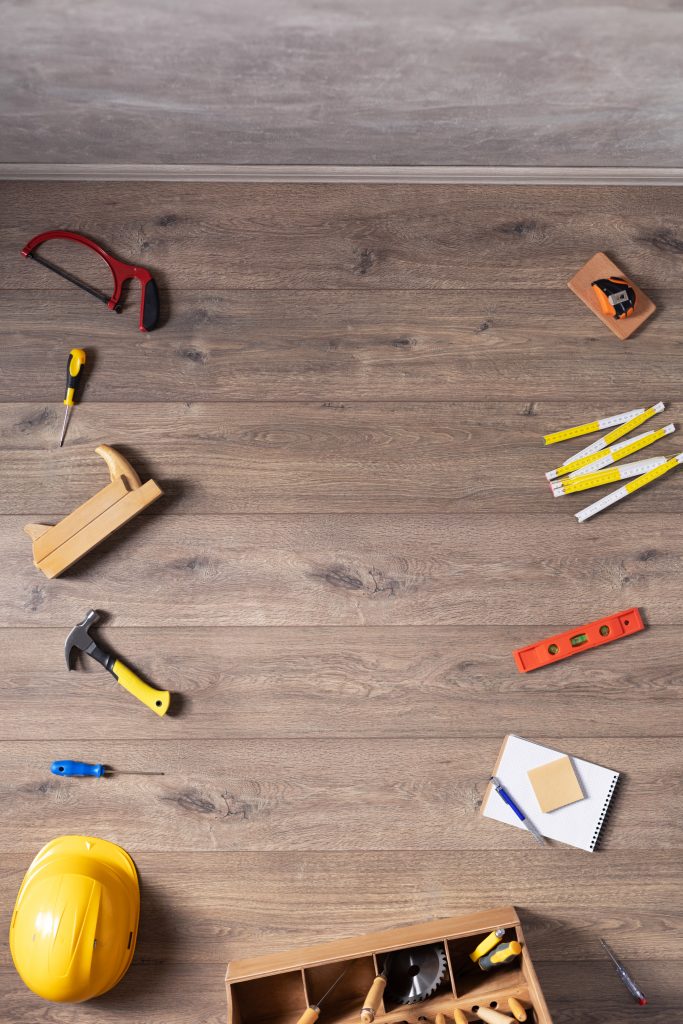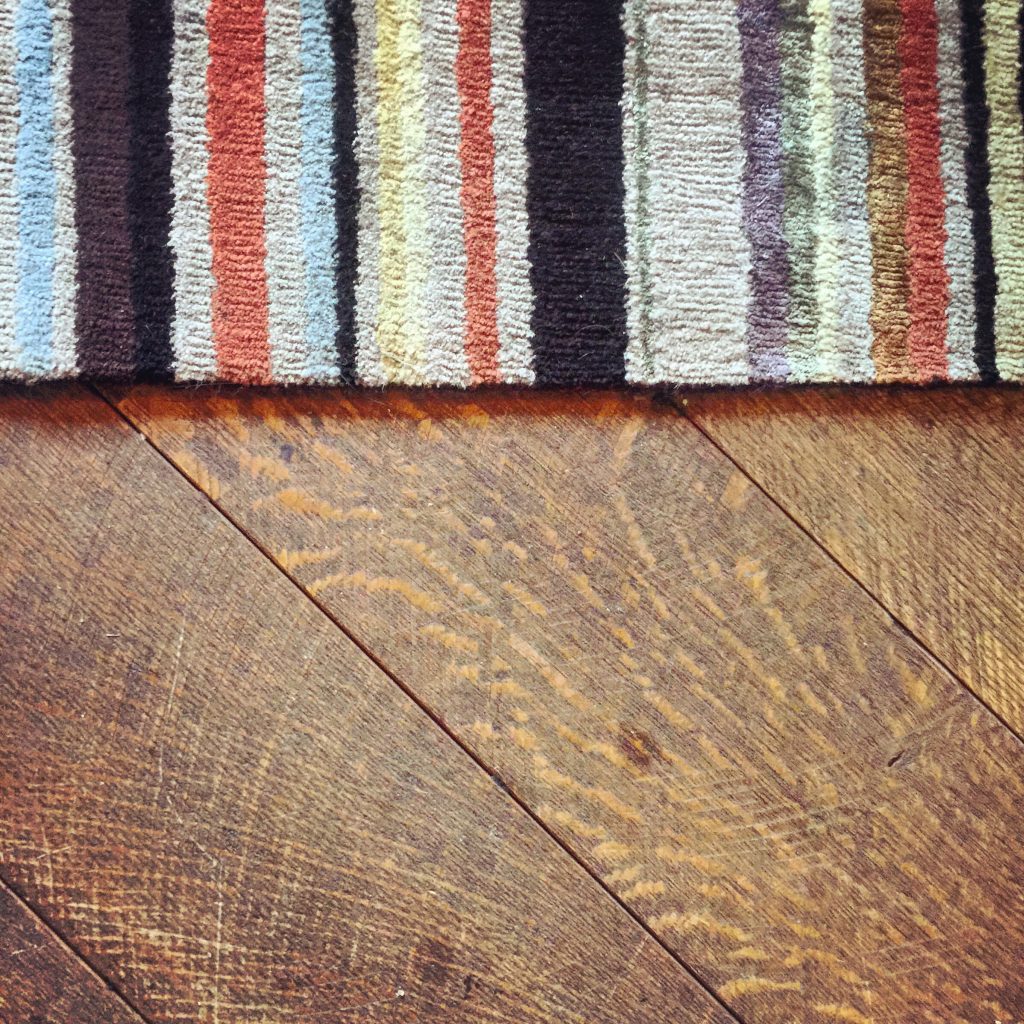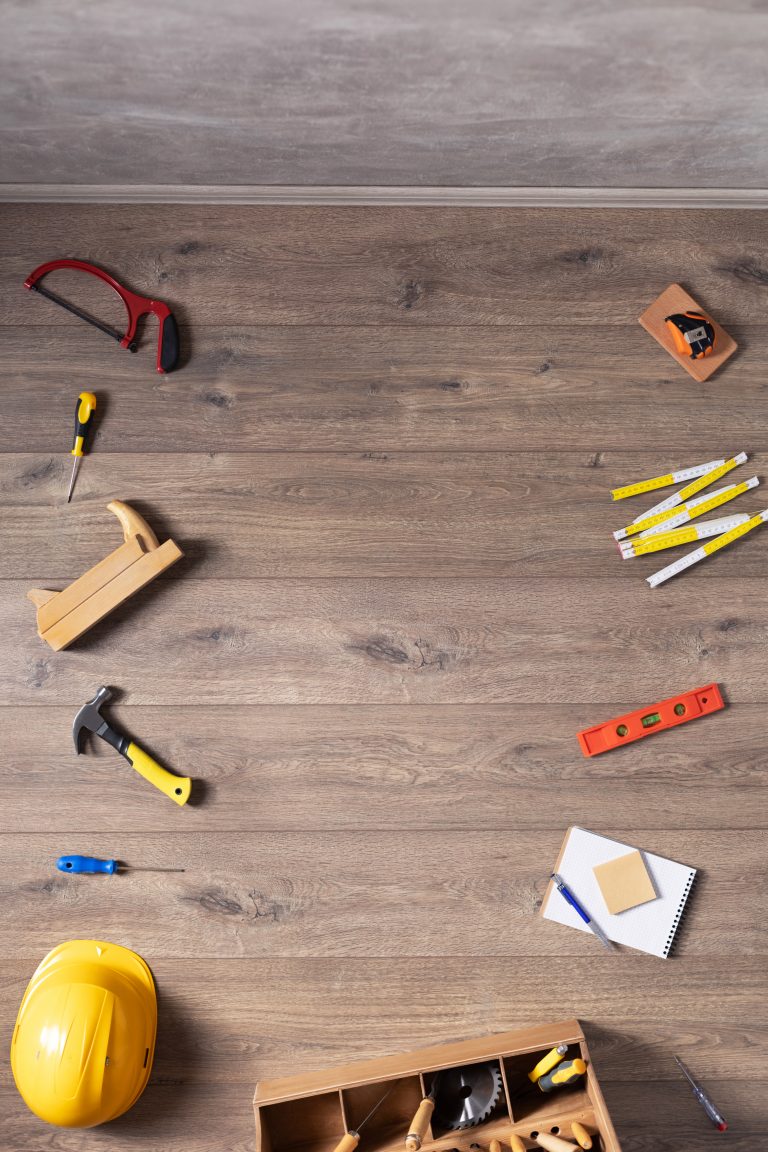The business involved in maintaining or replacing rotten floor joists is a serious one. That includes evaluating if the floor joist can still hold the weight of the floor over it, seeing other damages in the floor joist, and determining other sources of damage relating to the floor joist. Luckily, with this guide, you can replace floor joists fast.
Before learning the tricks on how to replace floor joists, you’ll have to go through a series of thorough analysis of the joist condition. You can’t just replace it when it’s meant to last longer than expected.
Also, replacing it without first determining the source of the problem can prove futile in the long run as this does not solve the problem per se. The protocol requires having the whole floor assembly assessed by an engineer.
Once the engineer decides that it thus needs replacement, you can then proceed with the tricks on how to replace floor joists.
Do these tricks really work? Yes. As far as the professionals are concerned, they really do work with 100% accuracy. We collected this information from them.
What makes these tricks different from the rest? Well, these tricks underwent dramatic research, verification, and simulation. They couldn’t go wrong.
So let’s begin.

Table of Contents
What Causes Floor Joists to Become Weak?
Irregularities and other problems in the floor structure/assembly cause the floor joists to weaken through time. These problems range from unstable foundation soils, to improper placement of structural columns.
One seemingly innocent discongruence in the joints can already dramatically affect the floor joists’ stability.
Apparently, the tricks on how to replace floor joists aren’t really tricks at all, nor are a secret. These procedures simply follow a structural logic. However, non-experts are bound to turn a blind eye on this logic. And, here is where the advice of an expert is highly sought.
But when can we actually say that floor joists need replacement?
Here are 100% sure signs that your floor joists need replacement:
- Flooring makes a sound when stepped on.
- Cracks start to appear in the floorboard.
- Floor tiles seem uneven especially when you walk on them.
- Floor smells damp.
- Some parts of the floor feel recessed.
- Floor tiles show signs of cupping.
- Floors feel extremely springy.
- Molds appear in the ceiling below (if the floor is located in the second floor).
If all or at least any one or two of these signs begin appearing on your flooring, then it’s time to carry out the top tricks in replacing floor joists.
Top Ticks on How to Replace Floor Joists
Here are the tricks on how to replace floor joists:
Trick #1. Prepare the right tools.
- Jack (preferably bottle jacks) (Click here to see our favorite product)
- Crowbar (Click here to see our favorite product)
- Construction glue (Click here to see our favorite product)
- Oscillating saw (Click here to see our favorite product)
- Extra woodblock
Trick #2. Loosen the joists using a crowbar.
- Pry the floor tiles to reveal the subfloor beneath.
- Knock the shims that link the joists together with a hammer.
- Pry the joists out.
Trick #3. Cut across the joists’ width.
- Remove the old and damaged joists by cutting vertically across its width using an oscillating saw.
- Continue cutting until parts of the joists are removed from the subfloor structure.
- Cut through nails using the saw. However, if nails tend to be too strong, pry them out using the back end of your hammer. After this, you can finally replace floor joists.
Trick #4. Apply construction glue/adhesive into the new joists.
- Put in new joists in the place of the removed joists.
- Once the joists are in place, hold their frames still.
- Ask an assistant to apply a construction glue on the upper side of the area of each joist.
- With the glue place, continue slipping in new joists. Be assisted.
Trick #5. Raise the joists using a bottle jack when fixing floor joists to place.
- Position the bottle jack right beside the tip of the joist frame.
- Insert an inch-thick woodlock between the bottle jack and the subfloor.
- Level up/raise the bottle jack until the joist is finally rested into the platform of the supporting wall.
Trick #6. Fix the joists into place right along the supporting wall.
- Lock in the tip of the joists into the curve of the supporting wall until they’re snug.
- If the level of the frame does not match the length of the wall, measure up and cut through the tip of the joist until both ends are snug.
- Once both are fastened and fit, release the jack and remove the woodblock.
- Return the floor tiles in place.
If you’re planning to replace an entire floor’s joists, follow this guide.
Read on to hear our conclusion.
You may like to read The Magic Trick on How to Clean Shower Floor Successfully
Conclusion
Replacing the floor joists is truly a serious matter. Before even doing the top tricks on how to replace floor joists, one has consider some crucial points:
- The floor joists we’re dealing with are made of wood.
- The floor/joists exhibit any one of the 8 signs for replacement.
- The floor joists have been carefully assessed by a professional before being replaced.
- The right tools are acquired and prepared.
- The steps are carefully and religiously observed.
These points or conditions, if observed down to the last beat, should make the tricks on how to replace floor joists a successful one.
What do you think about our tricks on how to replace floor joists?
What other tricks can you recommend?
Share us your thoughts in the comments below.


